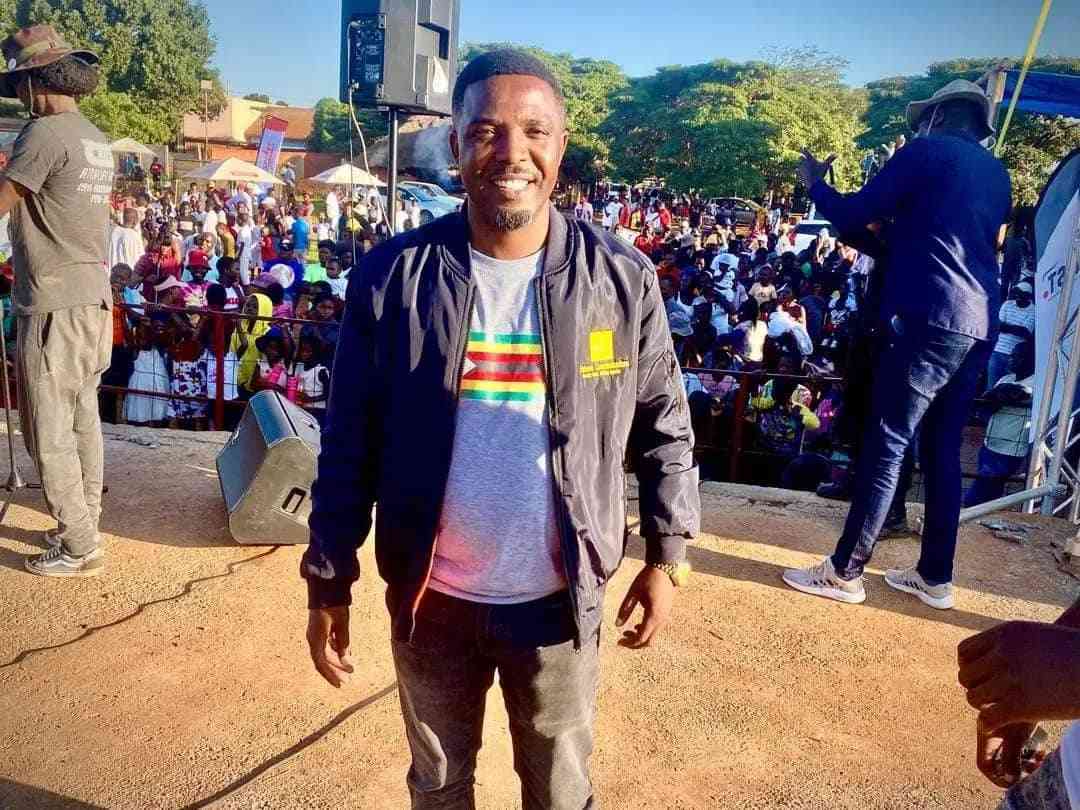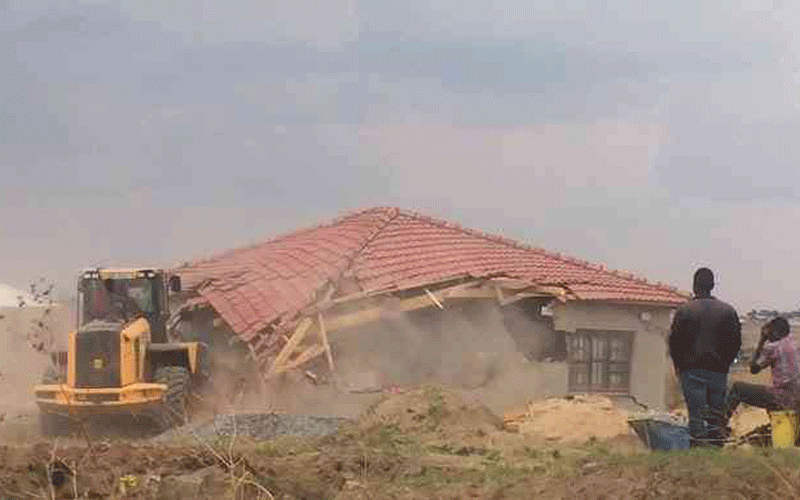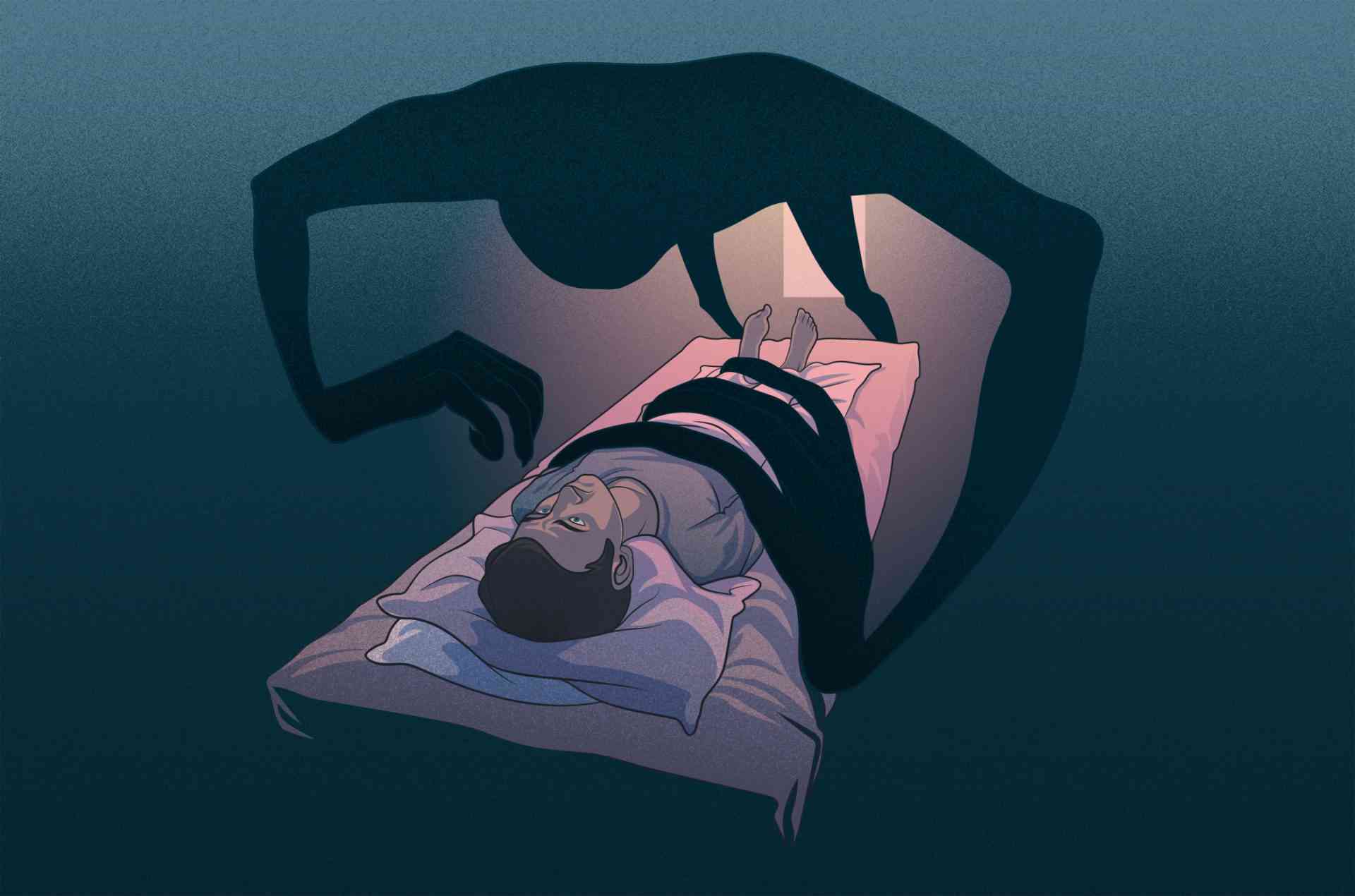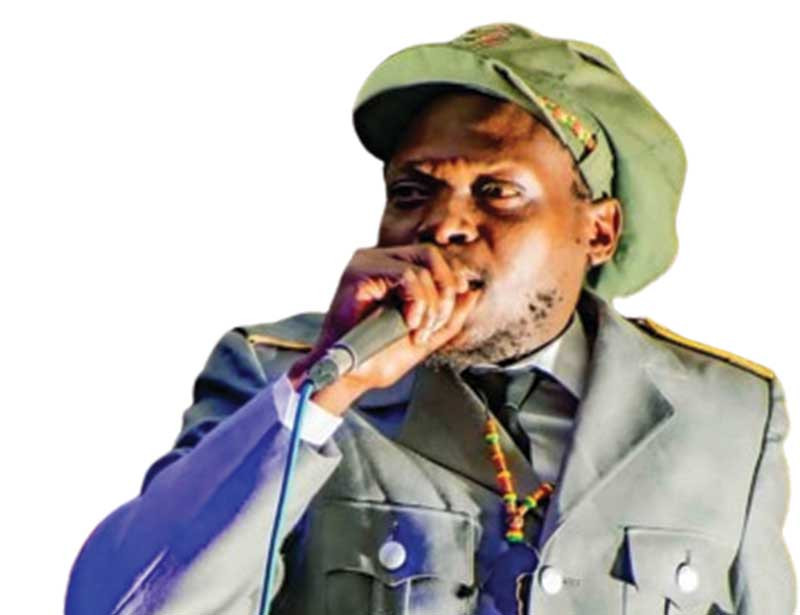
Makokoba is a cosmopolitan suburb and the oldest residential area in Bulawayo renowned for setting trends and a diversity of cultural treasures among other things.
BY SHARON SIBINDI
When you ask the residents of Makokoba — both old and young — what makes this suburb tick, you will get an earful.
There is an old axiom that if one throws a stone towards Makokoba suburb, chances are high you will hit a thief or a footballer. What this belief does not mention however is that the suburb is also the birthplace to Bulawayo’s culture and music icons, as well as the crucible of the liberation war.
Makokoba was named after one Mr Fallon, the native commissioner, who reportedly used to walk around the city with the aid of a walking stick. The name comes from the word ukukhokhoba, which in IsiNdebele language means “bending and walking with a stick”.
Renowned for producing great football players like the Ndlovu brothers, Adam, Peter and Madinda, Makokoba has produced countless great people who distinguished themselves in various sectors in and outside the country. Names that quickly come to mind include Bulawayo’s eminent citizen and businessman Tafi Ziyabuya Moyo, politician James Chikerema, as well as influential families like the Ntuta, Ngcebetsha and Hlalo.
The mother of Zimbabwean music like Dorothy Masuka, now based in South Africa, grand daddies of jazz music, the Cool Crooners and Lovemore Majaivana are all products of this great suburb. The late Augustine Musarurwa, who composed the global hit Sikokiyana, helped shape the history of Makokoba and so is arts and culture guru Cont Mhlanga.
The late actress-cum-musician Beater Mangethe who died at the age of 32 was also a product of Makokoba. Mangethe was known for her role as Thuli in the classic Amakhosi production Stitsha and she later became more popular when she released the hit song, I come from Makokoba.
- Chamisa under fire over US$120K donation
- Mavhunga puts DeMbare into Chibuku quarterfinals
- Pension funds bet on Cabora Bassa oilfields
- Councils defy govt fire tender directive
Keep Reading
Kudzanai Shumba, grew up in poor old Makokoba to become one of the best instrumentalists in the country. He went on to become a household name in South Africa where he is a drummer for South African mbaqanga group Soul Brothers.
Popular playwright and Intwasa Arts director, Raisdon Baya traced back the arts and cultural history of Makokoba.
“Makokoba is a place of inspiration. There are too many creatives, especially for drama [from this place],” Baya told The Standard Style.
“During our days, there were over 10 drama groups — Amakhosi, Iluba Elimnyama, Drama Force, Core Force, Tasa, Iwisa and Tose Sonke, among others. Amakhosi was at its peak then but unfortunately most of these groups have gone into oblivion,” he said.
Baya said people used to gather at community halls, youth centres and schools as various arts groups performed.
“We were all over and we toured a lot. People gathered in the township halls, youth centres and schools to watch us perform. These were not expensive by then. Mac Donald Hall and Stanley Hall were favourites for many because that was where Amakhosi was based before relocating to the arts centre. But the places are now pale shadows of themselves,” he said.
Baya’s sentiments were echoed by another son of Makokoba, Lewis Ndlovu, who is the founder of Drums of Peace Resonance Festival.
“I was born and bred in Makokoba and I am still here. I am keeping Thabiso Youth Centre vibrant by organising a number of programmes. I am the founding director of Drums of Peace, Ulemu Arts and now I am establishing Ubuntu Cultural Village. This village will be a cultural hub and will attract tourists here in Makokoba,” he said.
“I feel it is my duty to bring together all those artists from Makokoba who are still alive to celebrate so that children are inspired. I need to start with Zenzo Moyo my former classmate at St Patrick Primary School.”
Ndlovu, who recently surprised the children of Makokoba with a Santa treat, said he was planning another big event for children in April.
“As a form of ploughing back to the community, I am planning another kids’ production during Easter and World Dance Day during the Zimbabwe International Trade Fair,” he said.
Ndlovu said during his hey days, there were talented artists like Sihlangu Dlodlo, who was his arts tutor. He said Makokoba was also home to Roger Mbambo, the co-founder of the famous Ilanga Band and Mackey Tickeys, the greatest community and international actor Amakhosi ever produced.
“It’s a pity that only a few people know the history of Makokoba. Indeed it is Bulawayo’s hub of arts and is also counted as one of the country’s arts heritages. This is a story that should be told to our children who should pass the knowledge to other generations to come,” he said.
When The Standard Style visited some of the arts centres in Makokoba last week, there were in a sorry sight and one could hardly tell there used to be life in these places.
However, Baya still believes that there are opportunities that the young generation can tap into to keep Makokoba arts and culture live and kicking.
“I think the opportunities are now better. The future looks much better. Most of us have travelled and we have seen the world. We discovered that the world is bigger than Makokoba,” he said.
Baya said it was now more about making Bulawayo the arts and cultural hub of Zimbabwe.
“Youth centres like Thabiso, Mzilikazi and Ngubouenja were very active and alive during our time. We performed in many schools, showcasing our talent and these schools included Lotshe, Lobengula, Mzilikazi, Losikeyi, Sobukhazi, St Columbus and Mzilikazi,” he said.
“We performed a play called Makinte and Skeleton Life with Nasa under the late Mike Sobiko. Nasa became Siyaya later. We also did Township Poverty and Umhlola under Township Artists and people really loved our acts,” he said.











